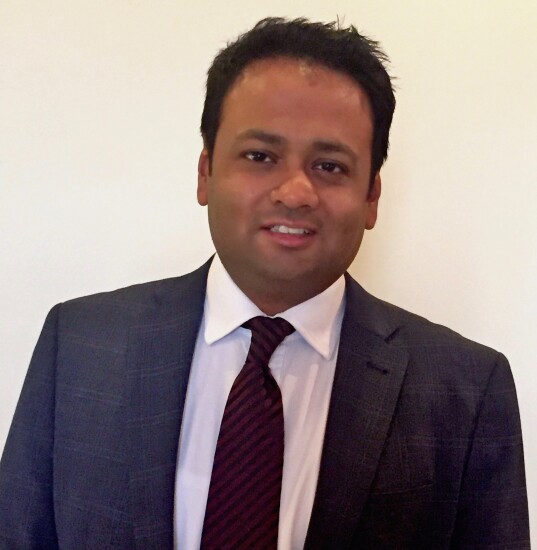
Digital Insurance spoke with Anshuman Prasad, global head of risk analytics at CRISIL. Majority owned by S&P Global, the India-based risk and policy advisory company has been working on in-depth analysis of the insurance industry and its model risk management. CRISIL expects this function to be a major challenge for insurers in the coming years. Prasad, based in London, works with insurers as well as banks and asset management firms to develop, validate and check risk models.
